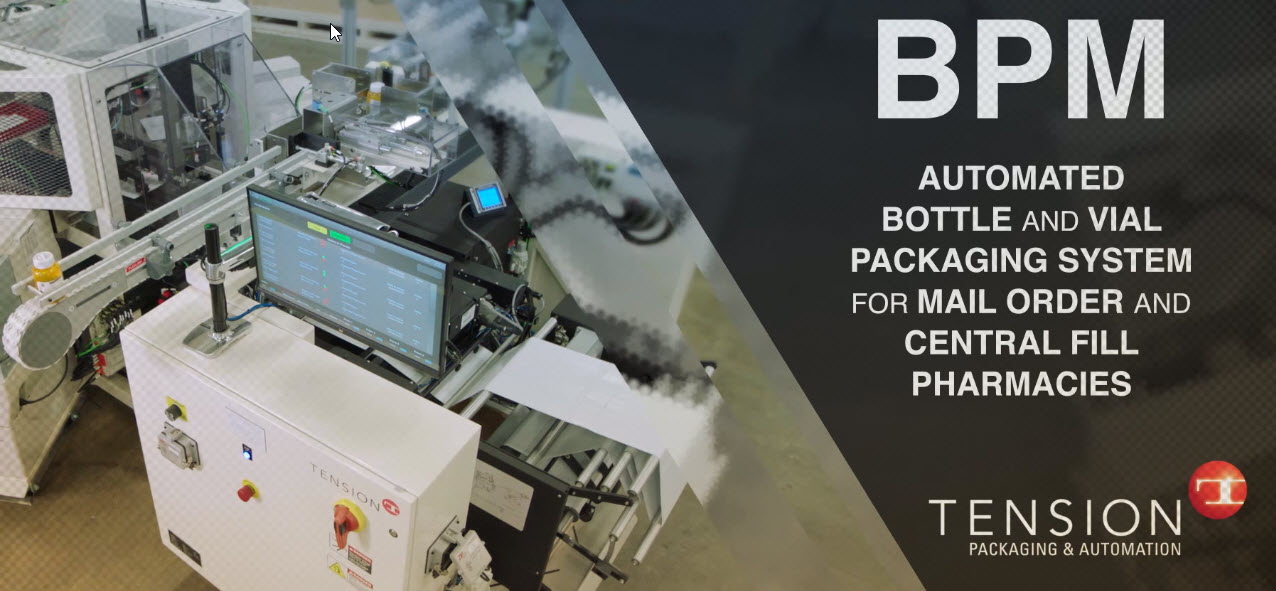The Rise of Specialty Pharmacy
How to Use Software to Build Back-End Workflow Efficiencies
Last week the Tension team attended Asembia’s 2022 Specialty Pharmacy Summit in Las Vegas. More than 6,200 attendees gathered to network, attend sessions, visit exhibits and glean insights driving specialty pharmacy at this in-person event.
Notorious tourism ad campaigns aside, let’s look at what we learned in Las Vegas regarding the specialty pharmacy market and the evolving role of specialty pharmacies.
Specialty Pharmacy Market: A Closer Look
The specialty pharmacy market refers to distribution channels designed to handle specialty drugs used to treat rare or complex health problems, and it is made up of retail, mail-order and non-retail pharmacies (e.g., long-term care). It represents a whopping 40% of all pharmacy revenue and has experienced major growth in recent years; in 2015, there were 378 accredited specialty pharmacies versus 1,207 in 2020 as accredited by Accreditation Commission for Health Care (ACHC) and Utilization Review Accreditation Commission (URAC), the two major specialty pharmacy accreditors.
Evolving Role of Specialty Pharmacies
Digital Health
Patients are relying on digital health-driven virtual engagements – in part to avoid in-person interactions and in part due to the convenience factor. This includes telehealth, telepharmacy and digital therapies managed through apps (that allow for patient interface where the data collected is electronically and seamlessly submitted to the provider).
Vertical Consolidation
Specialty pharmacy channels are becoming more and more vertically organized. The trend is for insurers to manage drugs for the Pharmacy Benefit Managers (PBM), which work with the specialty pharmacies and which the provider/doctor can prescribe drugs from for patients. As a result, health care providers such as Aetna or BlueCross BlueShield make up the biggest portion of specialty pharmacy due to this channeling of drugs and patients.
Efficient Solutions for Specialty Pharmacies
Evolutions in specialty pharmacy are reshaping competition for the entire pharmacy market. As the number of specialty pharmacies and the demand in pharmacy services (e.g., digital health) continue to rise, and channels become increasingly vertically organized, there is increased competition for patients.
How To Use Software to Build Back-End Workflow Efficiencies
How can specialty pharmacies respond to these market demands in a way that is timely, efficient and ultimately delivers on patient need? By building well-thought-out workflow efficiencies in your pharmacy operations.
Tension’s WorkFlow Software (WFS) system for specialty pharmacies manages the back-end processing of prescription and non-prescription items for orders delivered to it from a front-end environment. Through an interface with front-end processing systems, WFS accepts order requests that have been fully adjudicated and confirmed ready for processing. It features performance guided-workflows and intelligent order monitoring to determine the best processing method for each item dispensed, along with:
- Ease of Use: WFS is both simple to learn and use – intuitive interfaces in each workspace are unmatched in the industry, and drive accurate, efficient workflows.
- Flexibility: WFS can be easily integrated with front-end pharmacy management software and other prescription fulfillment tools like semi-automated pill counting, automated robot pill counters, automated unit of use dispensing equipment, automated packaging and shipping and manifesting programs.
- Customization: It can be customized to fit your unique workflows.
Contact Tension
As specialty pharmacy continues to evolve, pharmacy operations need to adapt. Tension Packaging & Automation is a leader in the design and deployment of unique and efficient automation solutions for mail-order, central-fill and specialty pharmacies. Contact an expert on our team to discuss a hardware and software workflow solution to aid your pharmacy operations and enhance your productivity.




